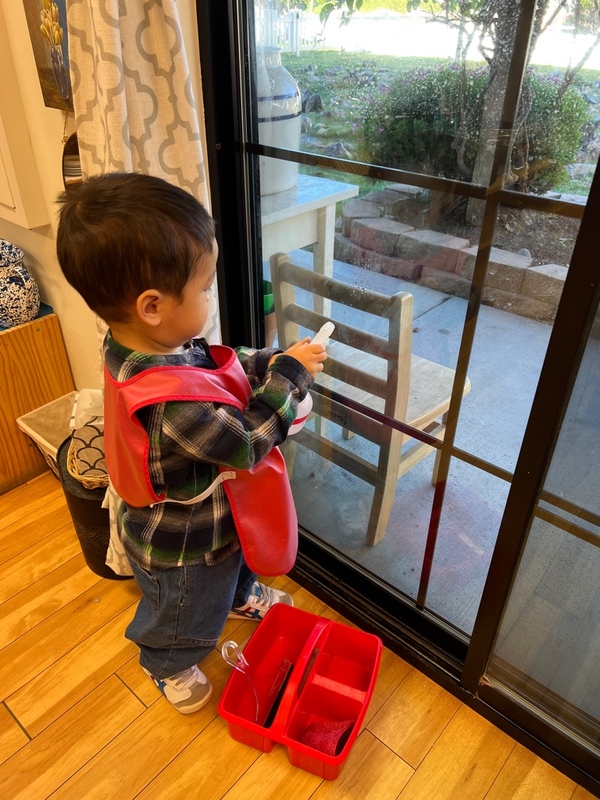(858) 759-0631
What can we parents do before our child becomes unruly and undisciplined?
The Montessori Method Difference Explained
When today’s children ignore a warning to stop misbehaving, parents put them in a quiet, isolated, and safe place in the home with an admonishment to “think about what you’ve done wrong.”
Following a break, the child is told why they were placed in the corner; told to apologize for their behavior; and, asked if they know what they did wrong, and made aware that you still love them. This is called a timeout.
Timeouts replaced the Silent Majority’s parental techniques with their Baby Boom kids—the belt, the spanking, and the threat. Those methods created flat-out fear in kids about their parents; and, in retrospect, did not work to curb errant behavior.
Still, today’s less violent methods are on trial. Why?
Experts say that timeouts might neglect a child’s emotional needs. Isolation, loneliness, abandonment, anxiety, and further outbursts are outgrowths of timeouts. There is no purpose in timeouts if kids feel bad and the timeout doesn’t teach them anything. In addition, the "punishment" of the time-out is arbitrary, it isn't connected with the "crime". To tell a child: "You took your brother's toy, go sit for 5 minutes" doesn't engage the child naturally in the consequence of taking their brother's toy.
Bonnie Compton, author of Mothering with Courage, and Child & Adolescent Therapist, writes, “At times children are overstimulated or overwhelmed by the emotions of those around them which may lead them to respond in ways that can be misconstrued as defiance or misbehavior.” So, if timeouts are a dated and ineffective parenting strategy, what can we do to alter our behavior to enact better behavior in our kids?
The Montessori Method Difference
A core strategic break from the timeout is called the ‘time-in.’
In this exercise, parents, and teachers:
- Sit with the child when they misbehave
- Talk with the child about his or her emotions
- Help them to learn to harness their feelings
Montessori teachers offer a calm, soft voice while speaking at eye level. They tell the child what he or she is doing and why they shouldn’t do it. In other words, they offer a positive alternative to calm the child down. They listen to the child’s point of view about their behavior and try to understand why the child did what he or she did.
Children will learn better if they are placed within a process of action and consequence.
For example, if a child squirts another child with the water bottle instead of washing the table with it, two things will happen: the table still needs washing and one child is understandably mad with the other.
The Montessori Method teaches the errant child the natural consequences of his actions.
For example, we’ll ask, “You made your friend mad. Will he play with you again later?”
Thus, the ‘wrong’ action impacts him and all around him. Ultimately, the child learns that multiple consequences arise from doing the wrong thing. And, he has a better understanding of what the correct actions are--without sitting in isolation and wondering why.
The outgrowth: teacher and child talk together, better understand each other and learn from each other—something the child does not get while in isolation.

